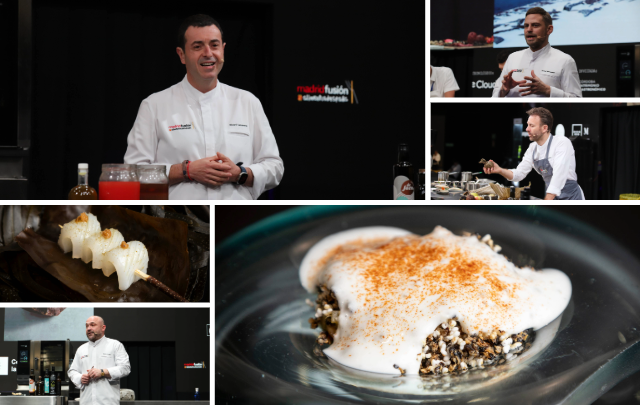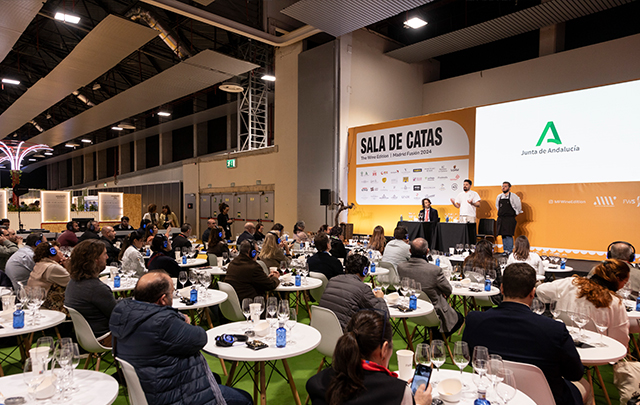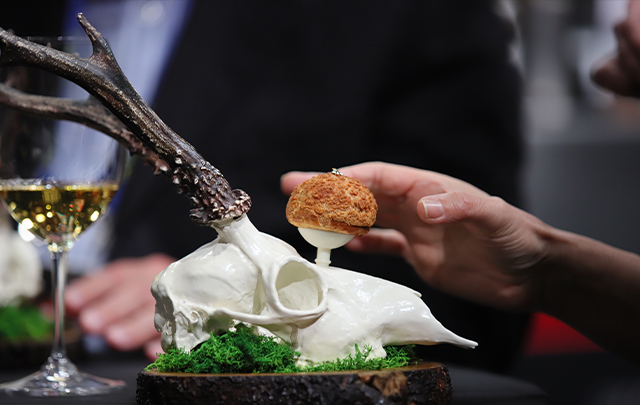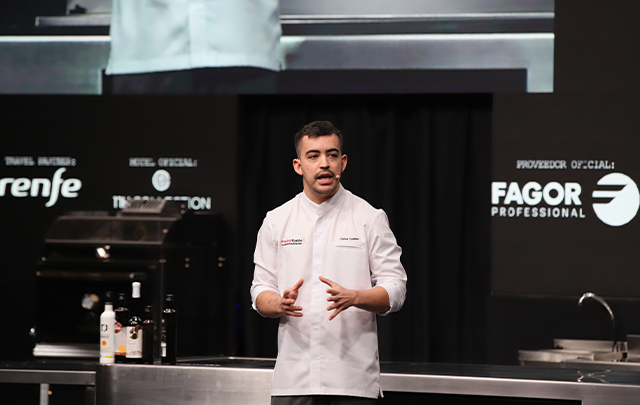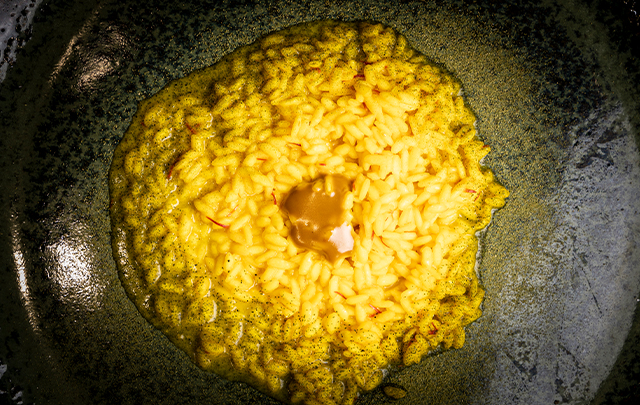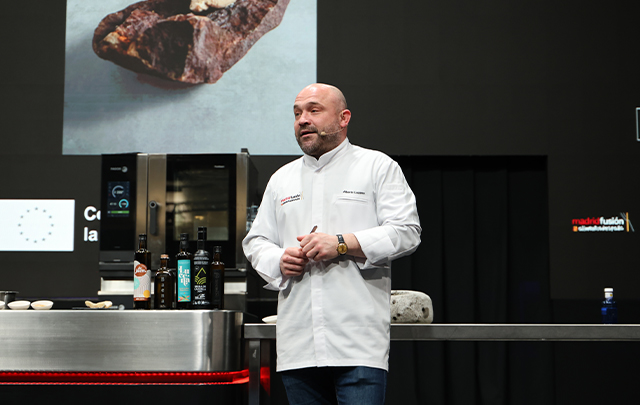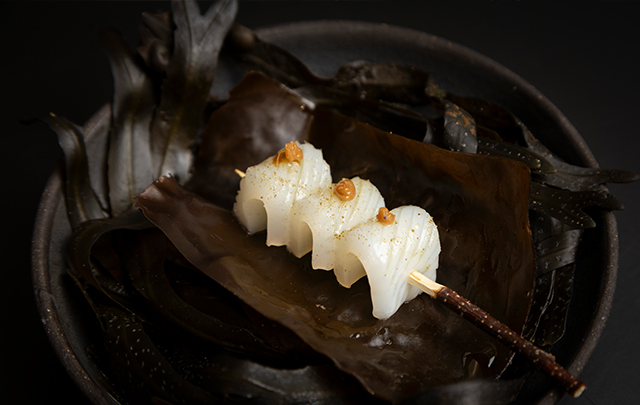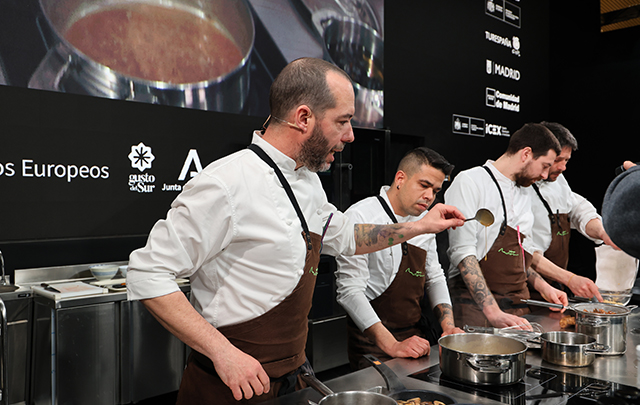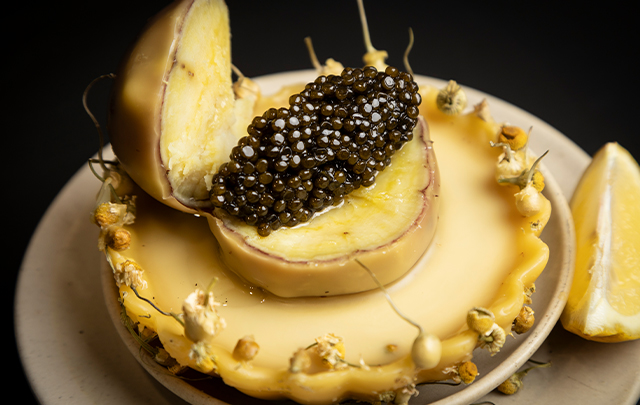News
Soy's best-kept secret
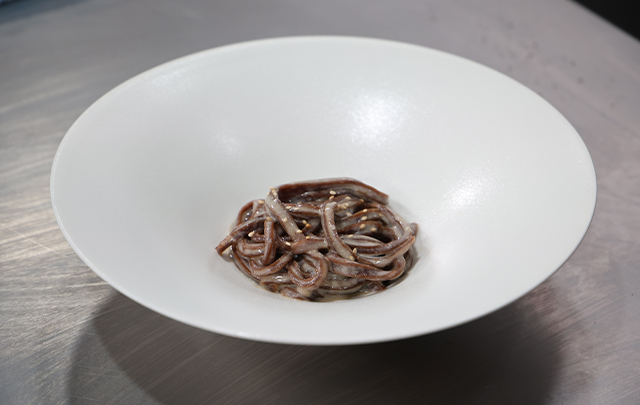
Korean chef Mingoo Kang describes the importance of jang in a cuisine that aims to revive tradition
After training in Madrid and San Sebastian, chef Mingoo Kang returned to his native South Korea to open Mingles in Seoul a decade ago. He’s been a student of Martín Berasategui, he went in search of his roots and rediscovered the importance of tradition, combined with the knowledge he had acquired in Spain.
"With the philosophy of respecting traditional cuisine, and continuing to explore new techniques and sensibilities, I thought about the origins and foundations of Korean cuisine," he explained at Madrid Fusión Alimentos de España, during his talk, 'Jang: the core of Korean cuisine'. In his research, he decided to make "Korean jang the fundamental element of my cuisine".
Jang, he explains, is a condiment made from fermented soya beans. "The traditional method in Korea is different from that in Japan. We use well-cooked meju (crushed soybeans) cut into pieces. During the process, you can see the many microorganisms that give the jang a very rich flavour. The process is quite simple, but the result depends on the master who makes it. We make our own jang, and choose the masters we want, to prepare it for our customers. It brings the umami flavour to the dishes. I also use it as a finishing touch.
Chef Kang compares jang to other fermentation-based brews, such as wine or whisky. "It's the same thing, but with soybeans. The terroir is also important", he says. "Because of the way it is prepared, we get different microorganisms.
For Kang, this seasoning provides "the most basic flavour, and is used in most dishes". "Since the opening of my restaurant, we have been thinking about how to express the taste of Korea and jang in the kitchen, because it is rooted in Korean culture. I divide it into two, one with chilli paste, and one with miso paste. And my three main elements for making soy sauce and soybean paste are soybeans, water, and salt.
At home, he uses these derivatives "instead of other sauces", and mixes them with vinegar and oil, which "go very well with jang". One for meat and one for vegetables.
When we put together our menu, we add some corn, artichokes, and other vegetables. Another recipe he serves with jang is acorn pasta. "We make it ourselves, without gluten or eggs. We use water to make acorn jelly. It is whipped, mixed into a paste similar to quince jelly, then rice syrup is added, put in the mould, and left to cool, then rice is added, fried, sprinkled with sesame seeds, and served in typical dishes from his country. "It doesn't have a very strong taste. A lot of vegetables are served with this acorn paste". This is a small part of the secret of soya.

